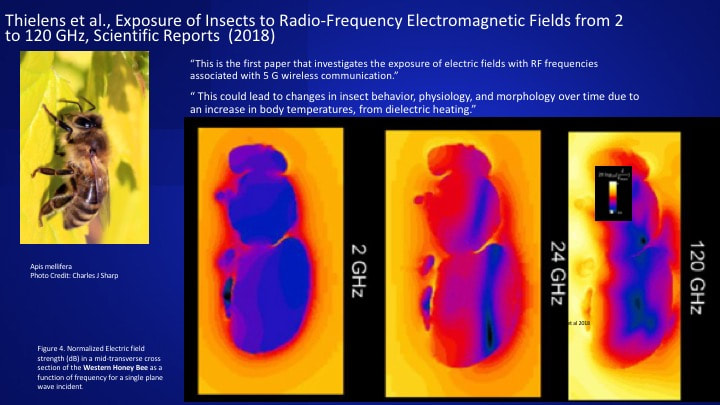If you've ever wandered through a city, you may have seen tiny cell towers for 5G placed on poles for street lighting. They look like small boxes, but they're actually broadcasting wireless signals from cell phone providers to your mobile.
what is a safe distance from a cell tower are replacing larger built cell towers. While they're not as noticeable, they still can create problems for those who live nearby.
The FCC's Radiation Exposure Thresholds

The FCC's Radiation Exposure Thresholds define the safe distance that one can expose to electromagnetic radiation from wireless devices. The limits for exposure are based on scientific data that show that RF energy can cause harm to health.
The absorption rate specific (SAR) is an indicator of the radiofrequency energy absorption by tissues. It is typically 1.6 watts per kilogram, averaged over one kilogram of tissue.
However, because 5g transmits at higher frequencies and has the potential to create more energy on the skin and other exposed body areas. This can lead to various possible harms, such as an increase in development of skin diseases such as dermatitis, skin cancer and cataracts.
Due to the possible harmful effects of radiation from 5G, PSU has chosen to set a general localized power density limit of 4 mW/cm2 averaged across 1 centimeter, but not to exceed 30 minutes, for the entire 5G spectrum at 3000 GHz. This limit for localization is in line with the highest SAR spatial-average of 1.6 W/kg, averaged over one g of tissue at 6 GHz.
The FCC's Maximum Exposure Thresholds for Maximum Exposure
In the event that you've used cell phone, then you've probably realized that a safe distance from the tower is around 400 meters. This is due to the transmitting power of a cell tower increases dramatically the further away you are from it.
Although this may sound like a good idea, the reality is that people who live close to towers may actually be more prone to health issues. For example, a study from 2014 in India found that those who lived within 50 meters from cell towers suffered much more health problems than those who were far from antennas.
But, the study showed that residents who moved to areas further away from cell towers experienced their symptoms return to normal within a couple of days. safe distance from cell tower has shown that exposure to high frequencies of radiofrequency electromagnetic fields (EMFs) could cause brain tumors, cancers as well as other health issues.
This is due to the fact that radiofrequency radiation, used in wireless communication, can penetrate the human body's exterior layer, the skin. This is important to understand because the skin acts as a shield against injury to the body, infection from pathogenic microorganisms, as well as infiltration of toxic substances. Additionally, it is the largest organ in the human body and is responsible for protecting other organs.
safe distance to live from cell phone tower on many assumptions that aren't supported by scientific research. These include the erroneous assumption that short-term exposures to RF radiation is safe because of the minimal absorption into body (i.e., tissue heating).
This also overlooks the deeper penetration of the ELF elements of modulated radio signals and the effect of short bursts of heat caused by RF pulses. These assumptions are not in line with the current understanding of biological effects of RF radiation. Therefore they shouldn't be used for health protective exposure standards.
In addition to that, ICNIRP and FCC restrict the maximum limits of exposure to peak local SARs, based on the peak frequency of absorption (psSAR) which is not a sufficient dosimetric tool to assess the amount of radiation exposure. In particular it is inconclusive for frequencies that exceed 6 GHz. Additionally, psSAR hasn't been evaluated for RF radiation exposed to other environmental agents such as sunlight. In the event of interactions, RF radiation and other environmental agents may cause synergistic or antagonistic effects. This can lead to an increased risk of adverse health consequences. For instance, exposure to RF radiation along with exposure to sunlight can increase the risk of developing skin cancer, as well as aggravate other skin disorders, such as acne.
